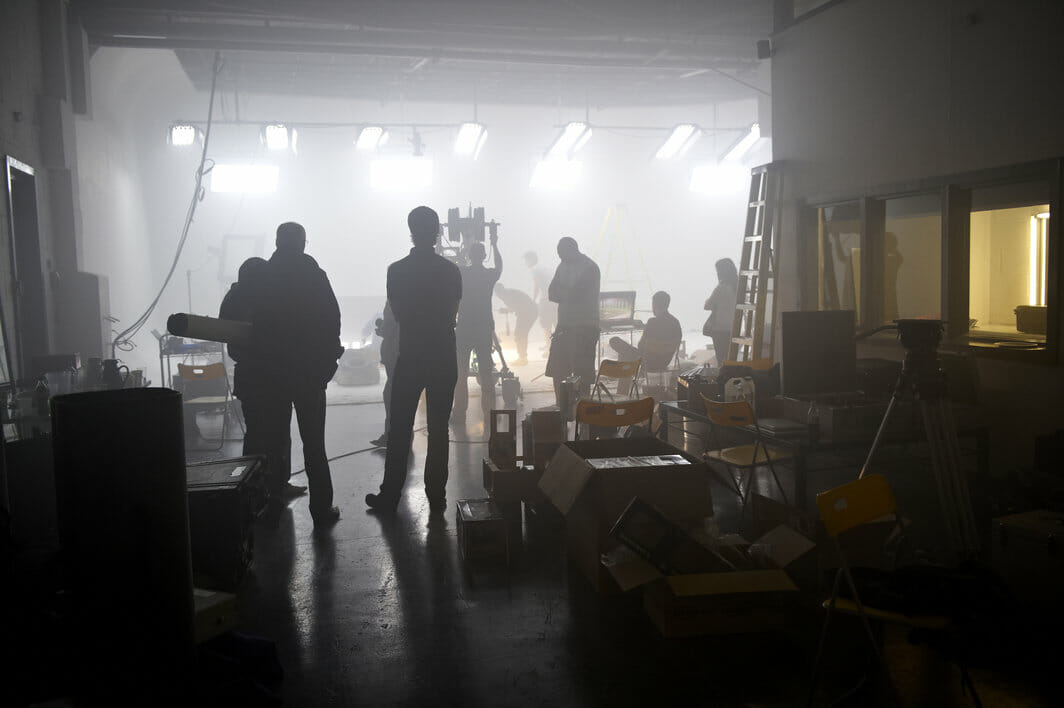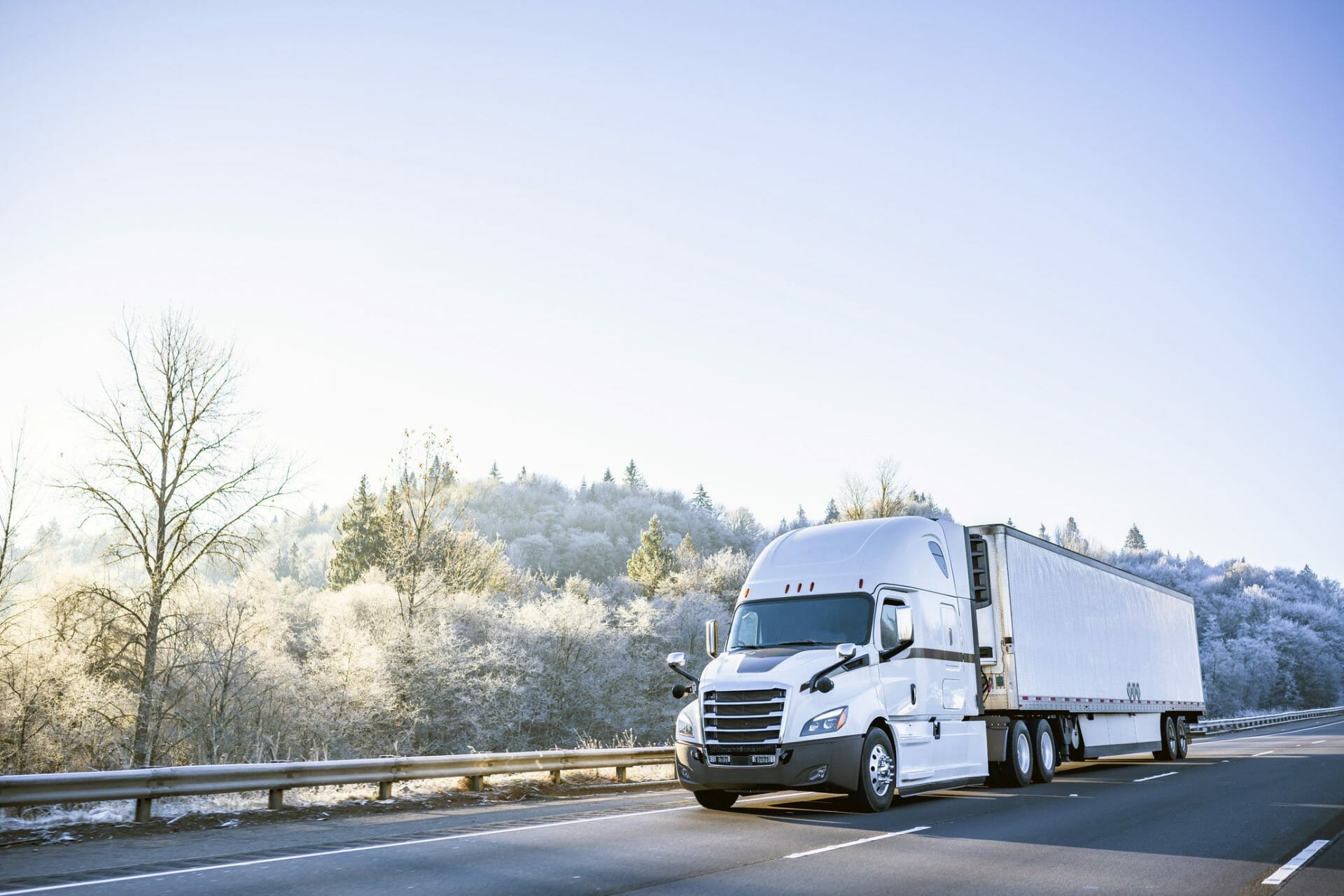They say that the hardest part of writing…is writing. If only this were the case for creating video content, too. While shooting amazing, inventive video content is far from a cakewalk, arguably the biggest challenge is everything else that has to be organized around it. There are so many different elements that go into making a shoot successful that sometimes the film production itself (lights, camera, sound, etc.) will be the least of your worries.
If you’re new to the complex world of content marketing–or even an experienced veteran–it can be difficult to figure out where your priorities ought to lie. Sometimes the best approach is hiring a professional production company to help you create high-quality, affordable video content. But if you’ve decided to do it all yourself, you will need to master not only the creative aspects of your craft, but also an array of adjacent objectives. While none of these may appear essential when evaluated individually, they can have a make-or-break impact on your final product – so discount them at your own risk.

To help out, we’ve put together our list of the three most essential production elements that aren’t filmmaking. Though this may not be the glamorous side of content creation, by mastering these three elements you can help send your production over the top.
1. Catering

Everybody needs to eat, physically and–according to union rules–legally. But even if you’re not running a union production, keeping your cast and crew well-fed is an absolute necessity if you want to avoid an unhappy shoot – or outright mutiny. And while you may be tempted to just order a pizza and call it a day, on-set catering (or “crafty”) should be treated with as much thoughtfulness as any other aspect of your production.
To start, you’ll need to take make sure that whatever food you order is relatively clean and easy to eat. You have limited energy to expend on catering, so recipes that can go bad and curdle in the sunlight, or that require extensive pre-heating and maintenance, are not your friend. Another consideration is avoiding messiness as much as possible. After all, do you want fried chicken grease on your camera lens, or 100 pounds of garbage to haul away after your eight-hour shoot wraps in the middle of the night?
Simple snacks are always strong options to have on-hand: Apples, trail mix, hummus, energy bars, etc.. But that doesn’t mean you should skip hot foods entirely. A “real” meal, with plenty of variety, is important for boosting team morale. Small, specific treats are another great way to show the people working for you that you care – like caffeinated soda for an overnight shoot, or hot cocoa if it’s cold out. And don’t forget that content creation can be physically demanding for many of the people involved; try to cater meals that balance heartiness with healthiness. Something too heavy will leave your team groaning and exhausted, while food that’s too light will leave them hungry and irritated.
Make sure that your catering takes into account your cast and crew’s various dietary restrictions. Whether these are for religious reasons, health reasons, or even a simple matter of preference, you are responsible for providing a meal that everybody present can enjoy. For some people, having the right food can be a matter of life and death, so consult with everyone on your team well in advance to guarantee that no one is forced to go hungry.
Lastly, you need to provide as much water and coffee as possible. People rely on coffee to stay upbeat and aware throughout the day – when it runs out, there can be a serious attitude shift for a large portion of your team. And though obviously nobody is able to survive without water, you will need to decide how it should be best served. Disposable water bottles are not very environmentally friendly, so we recommend that you encourage crew members to bring their own refillable bottles, while you contribute a cold, filtered tap.
2. Transportation

Once you’ve figured out the location where you want to shoot, the real work can begin – figuring out how every single person and piece of equipment involved in your production will get to that location in a safe, efficient, and affordable manner. Large productions will usually rent moving vans or trucks to transport their people, props, etc., with entire teams exclusively dedicated to their management. And while you probably don’t need a full-time transportation coordinator on your payroll, that doesn’t mean you can let what would be their responsibilities fall by the wayside.
When it comes to transport, communication is everything. Even before you start scouring the internet for local, affordable transportation rental services (or veteran production companies that can help provide these resources for you) the most important thing to immediately establish is your line of communication. Who is telling who where to be? And when? And how? If you do not confidently know the answer to these questions, then all the deluxe private trailers in the world won’t be able to keep your production on track.
To help with communication, try to decide early on how you want to handle transportation for your cast, crew, and equipment. If your production is MOW (Make Own Way), then that means the overall responsibility of getting to your location on time falls to the individual actors and crew members…but your responsibility is to make their responsibility as easy as possible. Keep your daily crew call sheet updated and accessible, so that nobody is ever at a loss on where they should be and when – and how to find that information in the first place. Your call should also include as many pertinent details as possible, including advice for parking and public transit options.
Lastly, don’t forget that permitting is a major aspect of transportation. If you’re not using a commercial vehicle service that provides drivers, you will need to supply your own with all of the proper licenses for trucks of various sizes and weights. Similarly, don’t think that you can just park a massive trailer on any random street without the proper permits signed by the city. Official documents take time, so research them well in advance to avoid any unpleasant scheduling surprises.
3. Staging

To an outside observer, a film set can appear a little bit like a hive of bees: Caught in a constant frenzy of activity, chaotic, and yet with a strange sense of order underneath. Creating that order will be one of your greatest challenges, as unlike bees, your cast and crew will not possess a collective animal consciousness. Quite the opposite, in fact, as every individual on-set will be constantly fighting to put their own wants and needs first.
One key to grounding your video production is to have an orderly, well-maintained staging area: The temporary home base that your production is run out of. This is where crafty will be served, excess equipment like props will be stored, hair/make-up/wardrobe will be maintained, and actors will be given a space to rest between scenes.
Content creation is hard work. If your cast and crew do not feel that they have a comfortable area to relax and de-stress during a production, tensions can skyrocket in a heartbeat. After all, the last thing that anybody wants is to sit down, then be told that they can’t sit there and need to move. A staging area prevents such irritating misunderstandings, while also making your team feel that they are not stranded in an unfamiliar, hostile environment.
When deciding where to put your staging area, try to find somewhere that is both relatively central to your shooting location and also has a degree of privacy. Even more important than not letting the shoot intrude on your staging area is not letting your staging area intrude on the shoot – remember, the sound of a stray laugh or crinkling bottle can ruin an otherwise perfect take. Also, while your staging area does not need to be elaborate, it should feel like a distinct space. Many of its benefits are psychological, and clearly delineating its borders will help your team move in and out of a production mindset.
With these tips in mind, you can take your next bold step into the world of content creation. For help with all of these tricky production elements, considering hiring a company like Lemonlight to get started. We understand that production is more than writing scripts and shooting glamorous footage of your product – it is a nuanced array of elements that come together and fall apart at the slightest provocation. Together, we can stay on top of it from moment one and deliver the affordable, high-quality content that you deserve.


